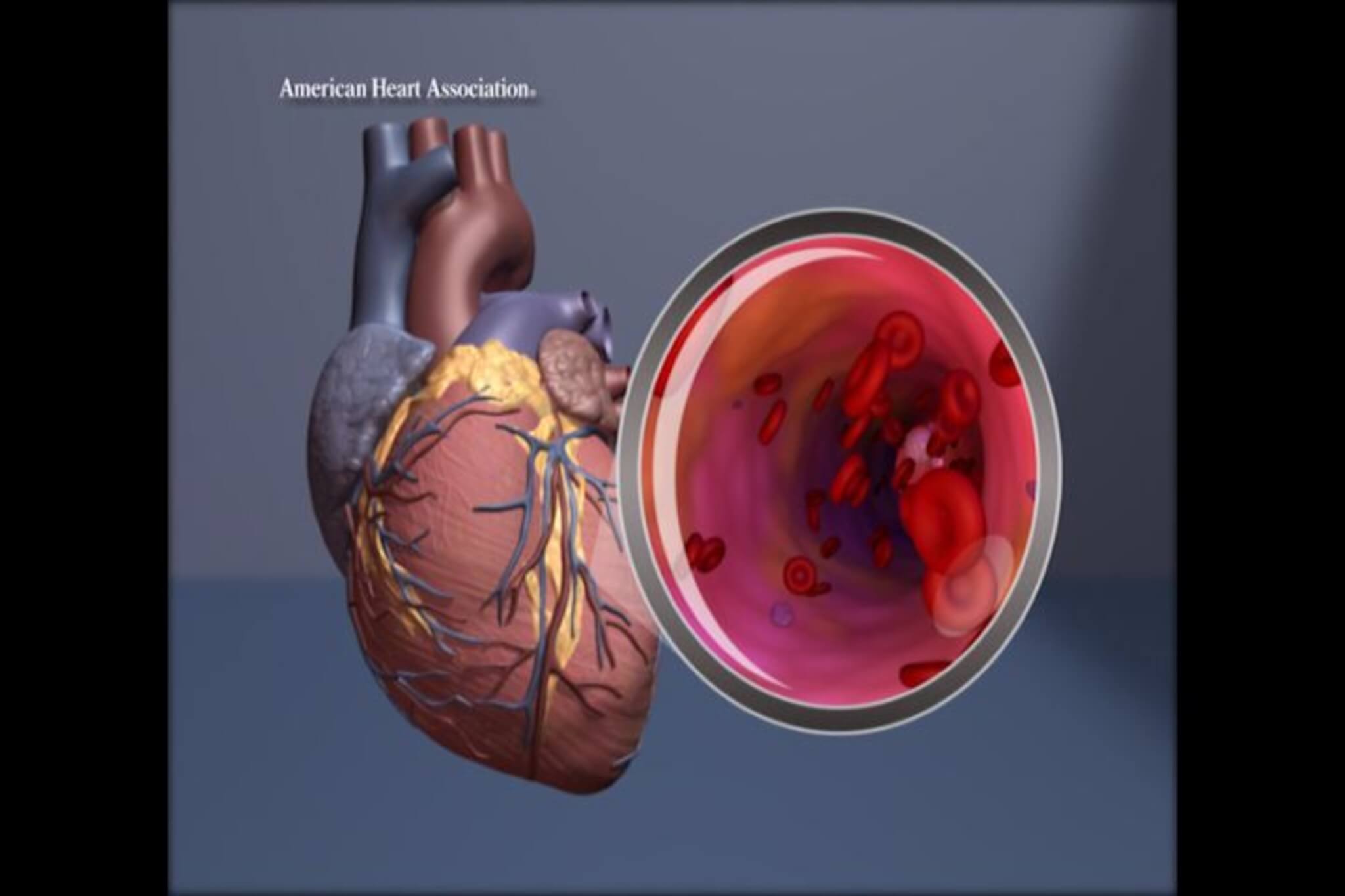🔑 Key Findings:
- 58% of patients had microplastics and nanoplastics in their artery plaque.
- Polyethylene, an ingredient in plastic bags, was a common pollutant.
- Those with plastic in arteries were 4 times more likely to have serious heart problems.
NAPLES, Italy — In a world where plastic is literally in the air, a concerning new study finds that people with heart disease may have more plastic than plaque in their arteries. In fact, researchers in Italy discovered that more than half of the patients they examined had detectable microplastics and even tinier nanoplastics mixed in with the plaque in their clogged arteries.
The groundbreaking study focused on patients undergoing surgery for a condition related to the buildup of plaque in the arteries — specifically, in the carotid artery, which supplies blood to the brain. Researchers analyzed the plaque extracted during these procedures, employing sophisticated techniques like pyrolysis – gas chromatography–mass spectrometry, stable isotope analysis, and electron microscopy. These high-tech methods can reveal the chemical makeup of substances and visualize the tiniest particles, essentially allowing scientists to “see” the presence of microplastics and nanoplastics (collectively known as MNPs) in the arterial plaque.
What they found was startling: nearly six in 10 patients had these plastic particles embedded within the plaque in their arteries. Specifically, polyethylene, the materials that make shopping bags and packaging materials, was found in the plaque of 58.4 percent of patients. Polyvinyl chloride, used in everything from pipes to vinyl records, was present in 12.1 percent of the samples.

The presence of these materials was not silent; it was visually confirmed by electron microscopy, which showed jagged-edged particles nestled among the cells designed to remove debris and scattered in the plaque itself. Some particles even contained chlorine, a component of polyvinyl chloride, hinting at the diverse nature of plastics invading our vascular systems.
The study didn’t stop at just identifying the presence of these particles. It went further to explore the implications for patient health. By following the health outcomes of 257 patients over an average period of nearly 34 months, the researchers discovered that those with MNPs in their plaque faced a much higher risk of severe cardiovascular events — like heart attacks, strokes, or even death — compared to those without. The risk was over four times higher for those with MNPs in their arterial plaque.
“Humans are exposed to microplastics and nanoplastics by means of ingestion and inhalation. Previous investigations have detected microplastics and nanoplastics in multiple tissues, including colon, placenta, liver, spleen, and lymph node tissues. Animal studies indicate that microplastics and nanoplastics can cause toxic effects at multiple sites, potentially by inducing oxidative stress. Until now, information on the health effects in humans of ingested or inhaled microplastics and nanoplastics has been scant,” writes Philip J. Landrigan, M.D. in an editorial tied to the new study.
“The plastics crisis has grown insidiously while all eyes have focused on climate change. Like solutions to climate change, resolution of the problems associated with plastics will require a wide-scale transition away from fossil carbon. The path will not be easy, but inaction is no longer an option,” Dr. Landrigan concludes.
The findings are published in the New England Journal of Medicine.

So plastic is the doom of the day. What will be next?
Election day.
We’ve had plastics around for going on a century, and we’ve heart surgery around for almost as long. What are they doing with all this stuff if they are only seeing and reporting on this now?
Our corporations have been feeding us a steady diet of this stuff and making us sick and destroying nature – AND STILL AMERICANS DO NOT RATE UNIVERSAL HEALTH CARE?
And all the billionaires who ripped us off will be moving to nice clean places with less plastic while we all get sick and die.